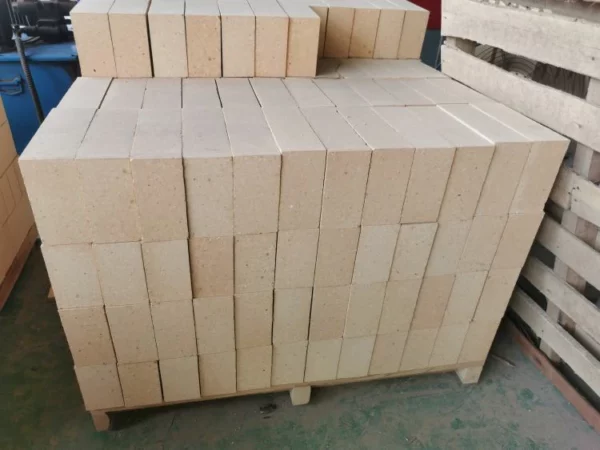High alumina bricks are fundamental refractory materials known for their exceptional thermal resistance, making them indispensable in industries requiring materials that withstand high temperatures and harsh conditions. Comprised mainly of alumina and other additives, these bricks exhibit superior properties, ensuring durability and stability in extreme environments. In this article, we’ll explore the significance, characteristics, applications, and advantages of high alumina bricks in various industrial settings.
Significance of High Alumina Bricks
Superior Refractory Properties:
These bricks offer outstanding resistance to high temperatures, making them ideal for environments subjected to extreme heat.
Structural Integrity:
Their robust composition ensures structural stability, even in harsh conditions with severe thermal and mechanical stress.
Characteristics and Benefits
High Alumina Content:
The primary component, alumina, imparts exceptional refractory properties, allowing the bricks to withstand high temperatures without deformation.
Thermal Stability:
These bricks retain their shape and strength at elevated temperatures, providing reliable insulation in furnaces, kilns, and other high-heat applications.
Applications and Versatility
Steel and Metallurgy:
High alumina bricks find extensive use in steelmaking, foundries, and non-ferrous metallurgy due to their ability to withstand molten metal and high temperatures.
Cement and Petrochemical Industries:
They are crucial in cement kilns, reactors, and incinerators, where erosion resistance and thermal stability are imperative.
Advantages and Considerations
Resistance to Corrosion:
These bricks exhibit resistance to chemical erosion, ensuring longevity in chemically aggressive environments.
Durability:
Their high-density structure and low porosity contribute to enhanced durability and reduced maintenance requirements.
High alumina bricks stand as pivotal components in industries requiring superior refractory materials. Their ability to endure high temperatures, resist corrosion, and maintain structural integrity in extreme environments makes them indispensable. When selecting high alumina bricks, consider their alumina content, thermal stability, and resistance to corrosion to ensure suitability for specific industrial applications. By leveraging high alumina bricks, industries can ensure safety, optimize thermal efficiency, and maintain the integrity of equipment and structures subjected to extreme heat and harsh conditions. Remember, the significance of these bricks lies in their ability to provide reliable thermal insulation and protection, contributing to the efficiency and longevity of industrial processes in high-temperature environments.
